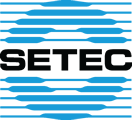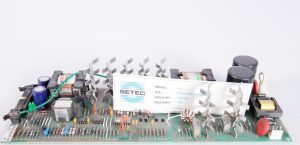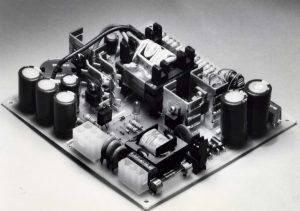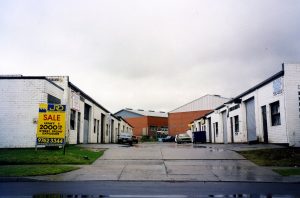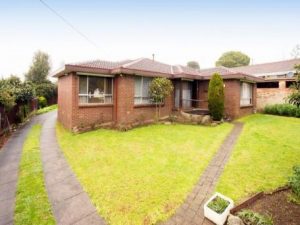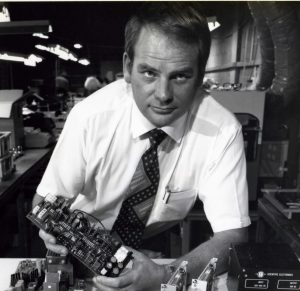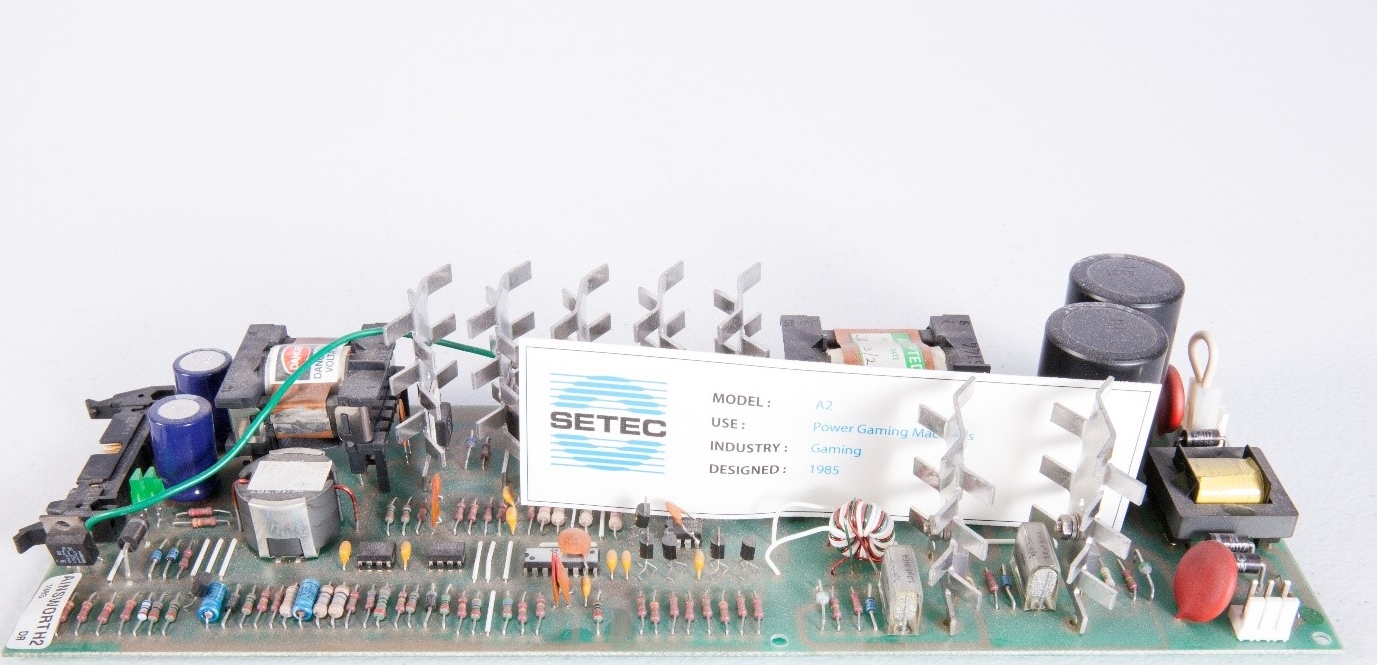In the 1980s Scientific Electronics saw continued exponential growth.
During 1983, Peter made some excellent decisions for the business. In an attempt to counter the low-cost manufacturing offered by other manufacturing companies that had moved overseas, Peter cut the price of switch-mode power supplies by a huge fifteen percent. At the same time, he offered a five-year guarantee on all Scientific Electronics products, based on his confidence and belief in the units produced by the company.
For Scientific Electronics and the Lloyds, 1983 is mostly remembered for Peter’s approach to NSW power machine manufacturer, Ainsworth Consolidated Industries, to provide the power supplies for their poker machines. It took the company six months to design and develop the product Ainsworth needed for its new Microstar poker machines, and by 1988 Scientific Electronics had produced 35,000 units for them.
It was this decision and relationship that gave the start to a very long term relationship.
It was also during the 1980s that the computer industry started to boom. The personal computer was able to provide quick word processing options, superseding the typewriter and thereby enabling companies potential for a greater output. For Peter Lloyd, the rapid growth of the computer industry meant new opportunities for Scientific Electronics. The switch-mode technology held the answer to competing against overseas manufacturers. And compete they did, with seventy percent of the company’s output custom designed and built by 1985.
The year of 1985 also included an introduction into the overseas market, when a South Australian company, Raytheon, approached Scientific Electronics to provide power supplies. Raytheon’s parent company, based in America, subsequently placed orders too. The turnover for Scientific Electronics doubled in a period of twelve months. Scientific Electronics’ power supplies could be found powering Channel 9 and Channel 10 helicopters, the underground rail-loop in Melbourne, off-shore oil rigs, and in the control towers of some of Australia’s busiest airports.
The company was a finalist in the 1984 Victorian Small Business Awards, providing Australia-wide recognition and a sense of pride for all the staff at the time.
